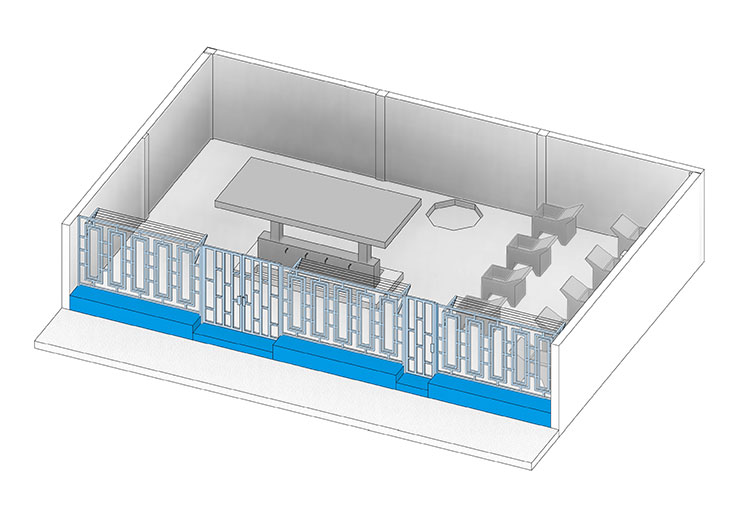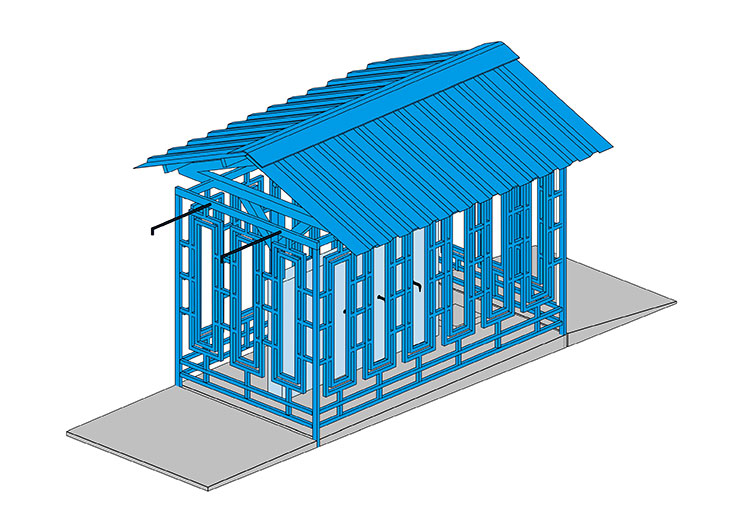
The Luanda Waterpoints project by Paulo Moreira Architectures has brought significant improvements to three water access points on the outskirts of localthe city. This initiative, aimed at enhancing the quality of life for disadvantaged populations, demonstrates the impact of small-scale interventions and low-cost solutions. By prioritizing local labor and encouraging the reuse of materials, the project embodies a sustainable approach to community development.

In the Wako neighborhood of Cacuaco, the project focused on transforming a waterpoint and an adjacent informal, open-air laundry. The intervention created a new interface between the facility and the public space by installing three repurposed metal modules. These modules serve a multifunctional purpose: as a railing for safety, a bench facing the street for social interaction, and a drying rack facing the laundry space. This thoughtful design not only enhances the laundry facilities but also provides a more pleasant environment for residents as they wait their turn, fostering a sense of community.

The intervention at the Kilunda waterpoint was developed through a collaborative, experimental process involving local residents and professionals. Initial participatory sessions led to the creation of a structure, humorously named the ‘giraffe,’ designed to elevate hoses and facilitate the filling process, eliminating the need for assistance in lifting filled containers. Additionally, in response to the waterpoint managers’ request, an enclosure was built to prevent crowding around the taps, reducing the risk of COVID-19 transmission. This enclosure ensures that only one person, the ‘zelador’ (janitor), operates the taps, improving both safety and efficiency.

At the Gika waterpoint, a unique challenge arose from its sunken design, necessitated by low water pressure. Although effective in supplying water, this design rendered the waterpoint unusable during rain. The project addressed this by constructing a cover to shield the waterpoint from rainwater, ensuring its usability year-round. This cover extends to create a shaded area, promoting social interaction and making the space more inviting for the community.


These interventions go beyond merely providing water; they create central gathering spaces that enhance the social fabric of the neighborhoods. Each structure serves as an aggregating element in the public space, fostering a sense of community and improving living conditions. By addressing practical needs and encouraging social interaction, the Luanda Waterpoints project exemplifies how thoughtful design can transform everyday facilities into vital community assets.

The Luanda Waterpoints project showcases the power of small-scale, locally-driven interventions to make a substantial difference in the lives of marginalized communities. By reusing materials and engaging local labor, the project not only improves access to water but also enhances safety, fosters community interactions, and promotes sustainable development. This innovative approach, captured through the lens of Ivo Tavares, offers a model for similar initiatives in other urban settings, demonstrating that even modest projects can have a significant and lasting impact.





wow sometime we don’t understand how much projects like these can help the community and how important they are.